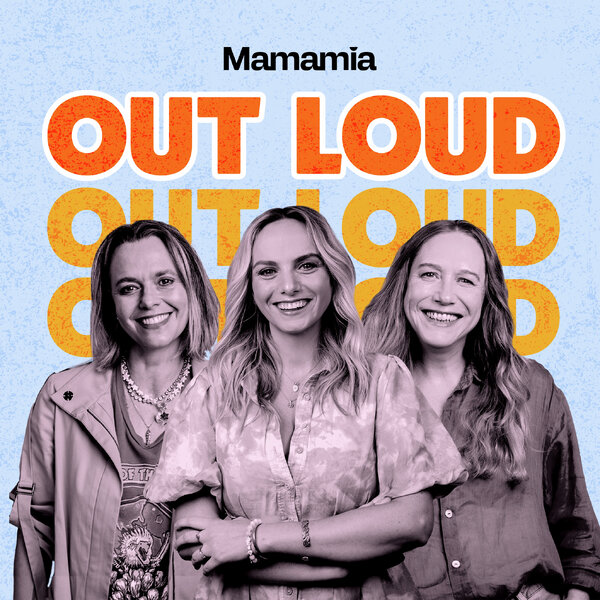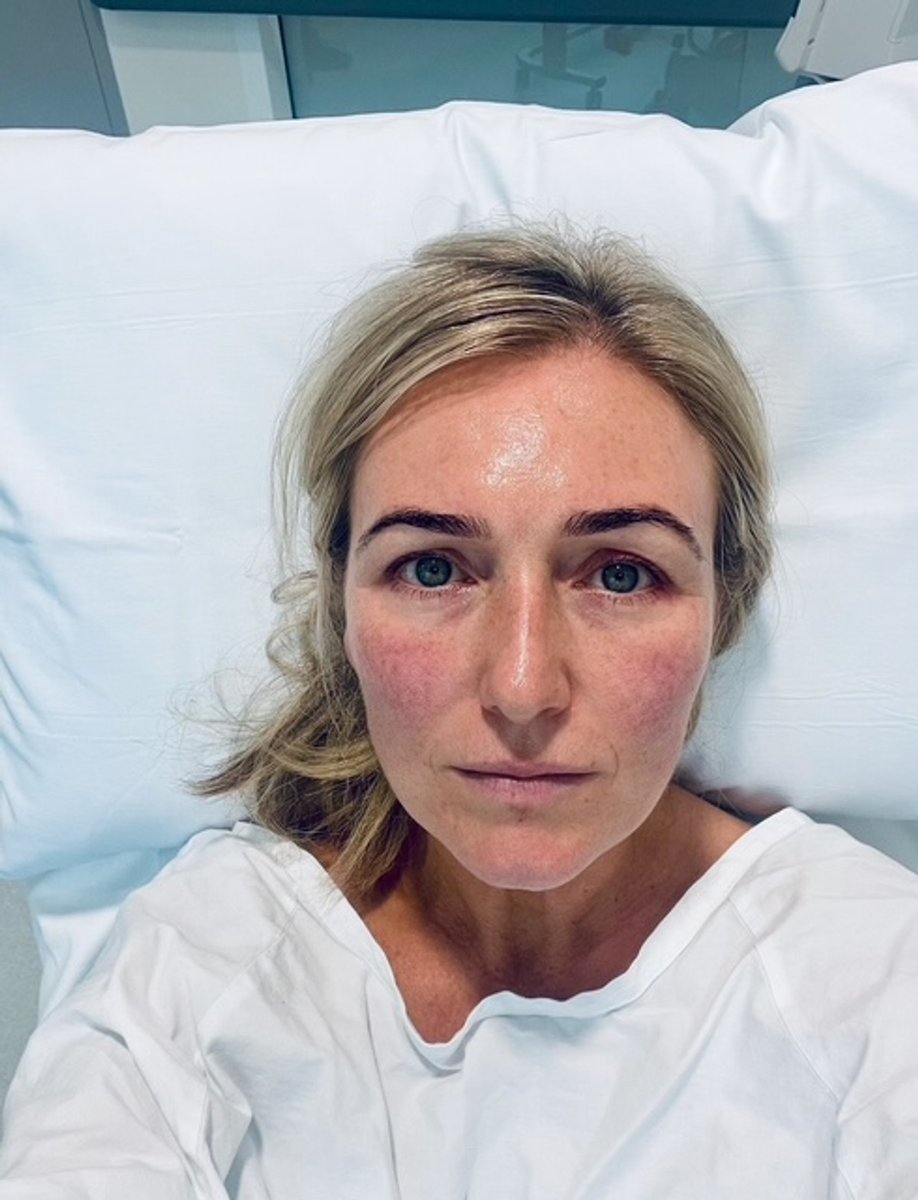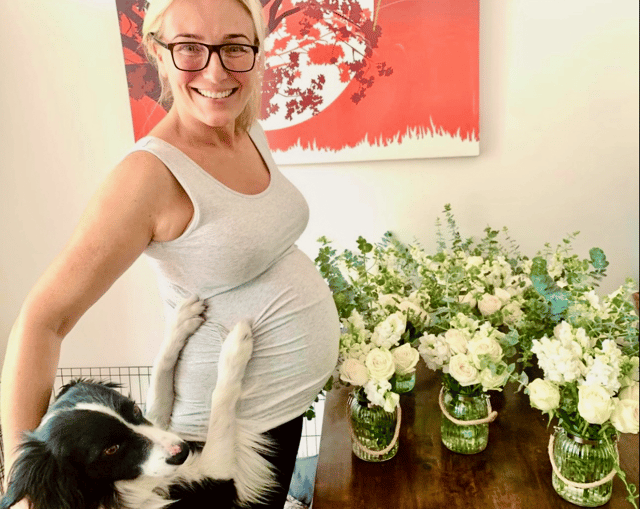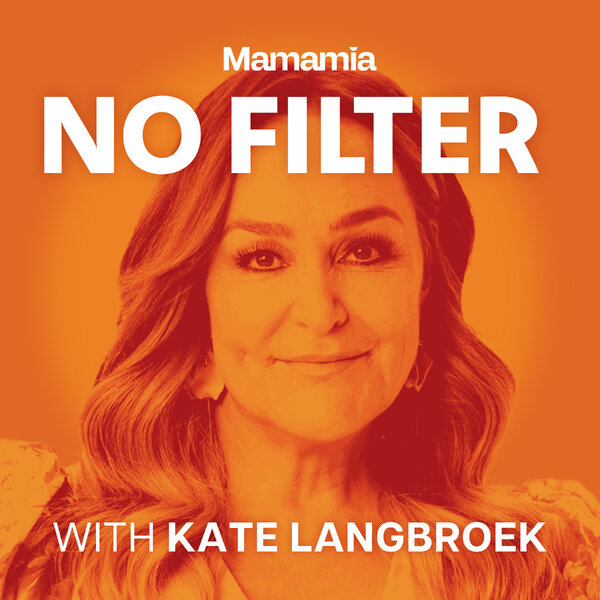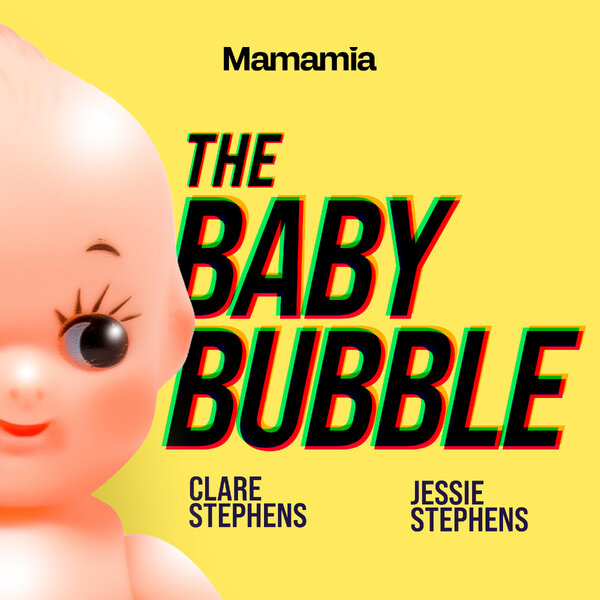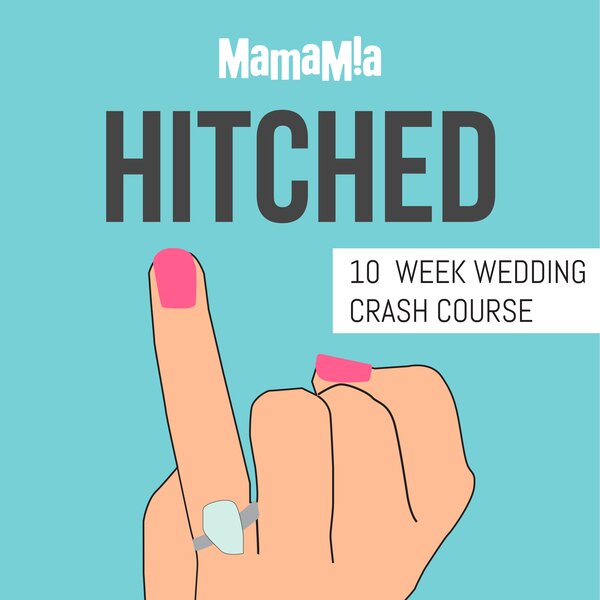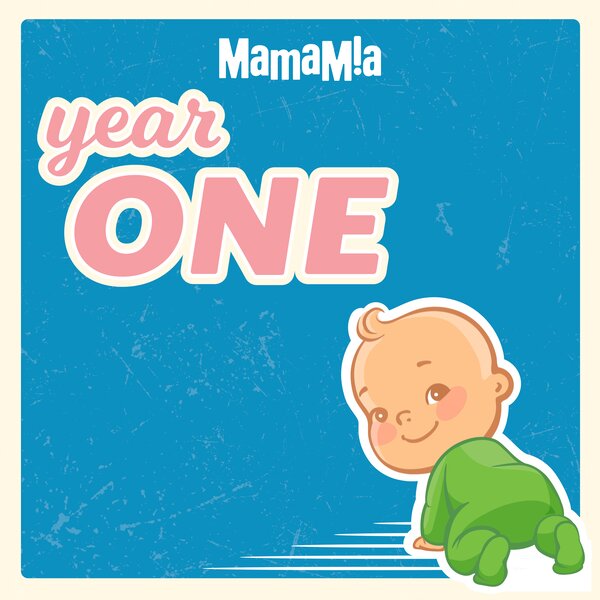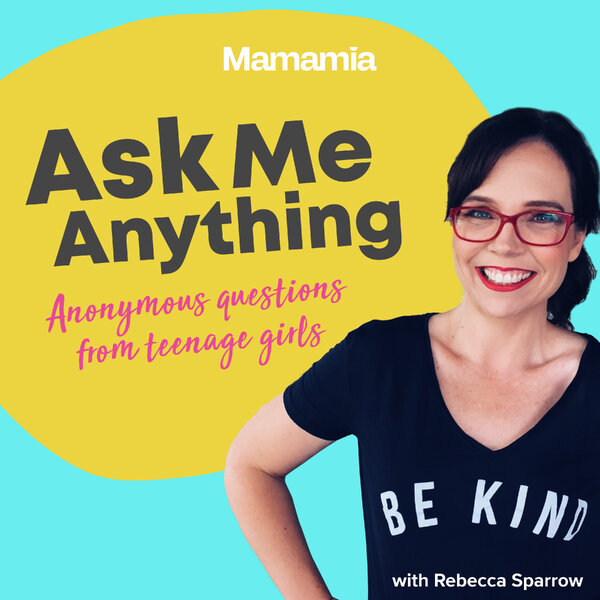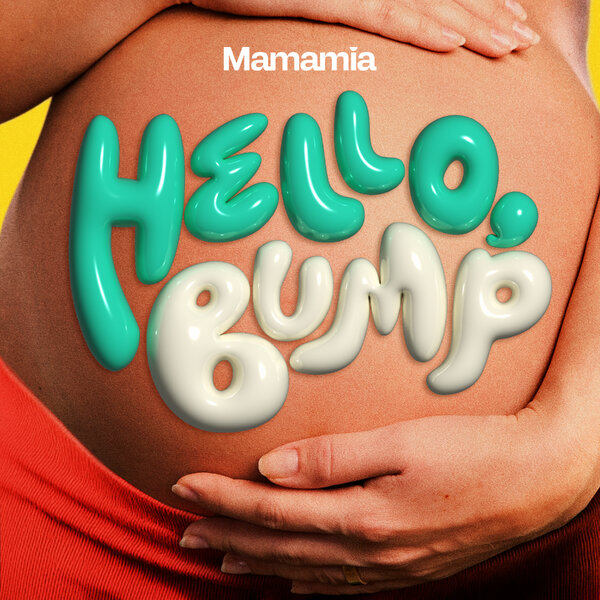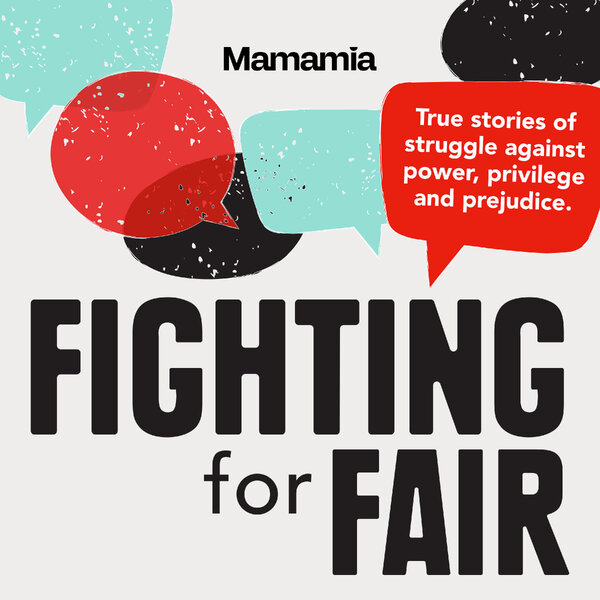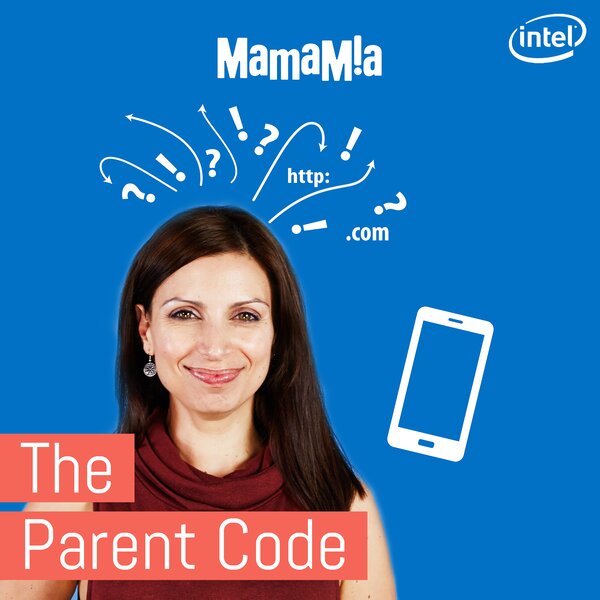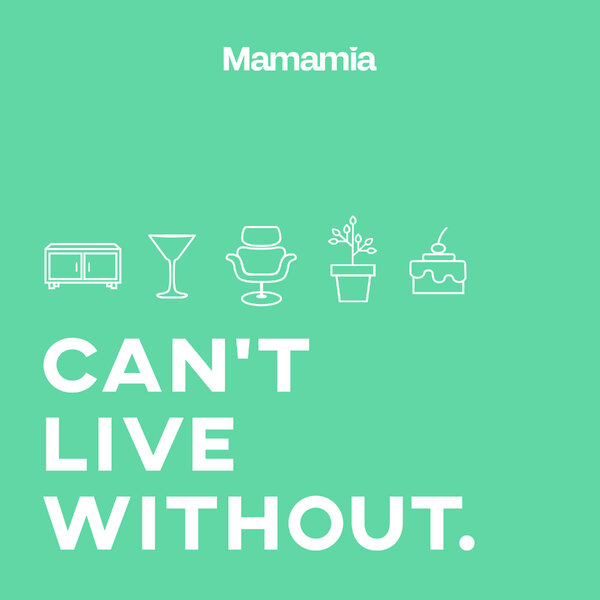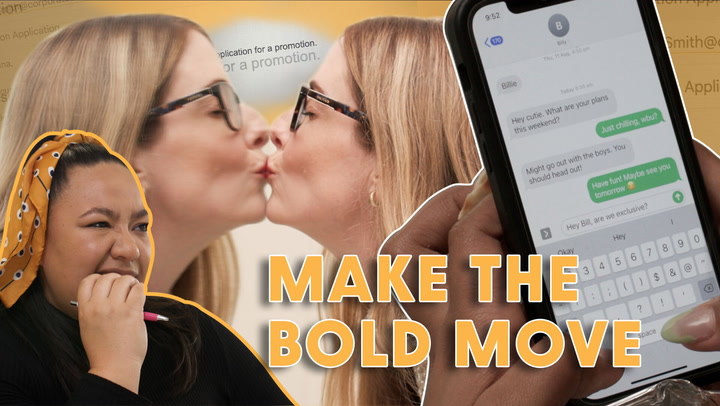
Ask any parent currently navigating the world of daycare fees, weekend sports (since when does a nine-year-old's soccer season cost upwards of $500?) and their toddler's mildly concerning blueberry addiction, and they'll tell you: having kids is a costly business.
But for a growing number of Australians, that cost kicks in well before those two pink lines on a pregnancy test show up.
Watch: We discuss everything from period butt zaps and being pregnant, to infertility and testosterone during Peri in this episode of Well. Post continues below.
"We paid $90,000 for our baby," jokes Sydney dad Kellen, who, together with his partner Michael, used IVF with a voluntary surrogate to become a dad to three-year-old Joey.
"At the time, that was Michael's yearly salary. We knew it was going to be expensive and, of course, Joey makes the money we spent seem like pennies in comparison to the joy he brings — but sometimes I look around at our friends who conceived naturally and my eyes water at how far behind we are financially right out of the gates."
According to a 2024 report, the global fertility market is valued at US$34.7 billion (AUD 51.8 billion) in 2023, and is projected to grow to US62.8 billion (AUD 96 billion) in just 10 years.
